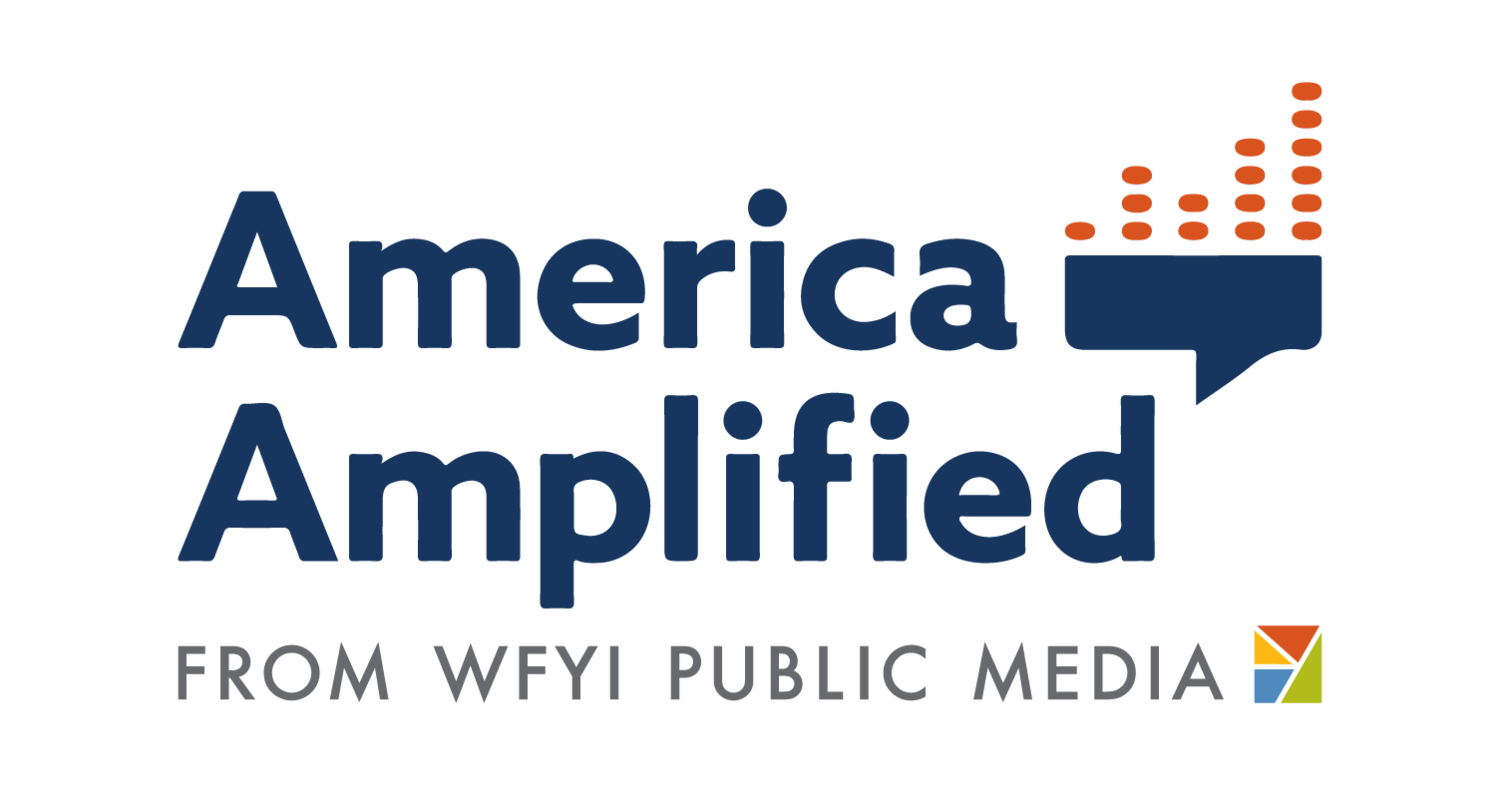
Facilitating a Culture of Engagement
Station Managers
Sustainability
There’s an inherent tension between wanting to see immediate results and recognizing that change will require developing a different set of skills (technical, partnership and community convening skills). Give the work time.
As the station leader, you’re looking for momentum that excites your team and values the communities you cover. To nurture and support this culture, you need to focus on getting your supporters to fund the work and your staff to be invested in the process. Here’s how:
Communicating with donors, funders and boards.
Broker introductions between the newsroom and leaders in the community.
Invite community leaders to be part of a new process, ask if they can help you reach new audiences, ask what changes they would like to see in your coverage or ask what would help their community.
Talk up community engagement journalism to your current donors.
When talking to donors and funders, reference how your journalism is meeting information needs and diversifying your audience.
Develop a donor database of people who sound excited about your work.
Be a cheerleader. Share the community engagement work on your personal social media pages or letters to donors.
Communicate with your board of directors or community advisory board.
Use your member newsletter to share work (especially if the stories showcase an effort in transparency, such as a “behind the story” box about how the journalism was created.)
See our sample letters to donors and board of directors.
Know the language around community engagement journalism and use it. Some examples include:
Our pivot to a community engagement journalism model means that we’re public centered.
Community engagement journalism requires us to identify information needs and fill them.
Community engagement journalism is more than a process of how we produce news; it’s a strategy to connect people with information that is relevant to them on the platforms that make sense to them.
Community engagement journalism focuses on covering for, rather than about communities.
Supporting your staff
It’s also important to look after your staff’s well-being and give them a space to share their thoughts on the efforts. Here are some ideas on how to do that:
Celebrate quick wins and give permission for fast failures.
Recognize relatively quick wins such as improving diversity in sourcing, a strong response to a survey from a new community or a community conversation that brought together people across differences.
Acknowledge all staff and name people who contribute to the success. Don’t ignore failures or efforts that could be improved. Convene the content leadership and ask what was learned and what’s next. Reference your metrics and adjust.
Also, remember that numbers aren’t everything. A producer may be experimenting with a new platform that only generated an audience of 50 people, but if it’s 50 people who represent a new audience, that’s a win.
Encourage content critiques.
While source audits reveal gaps and biases, a content critique can help you assess other parts of your coverage. Not just whom you talked to, but why you talked to them, the language you used, how and why you told the story.
Taking the time to think critically about the news product is an essential step that is often missed because journalists are busy moving on to the next story. Station and newsroom leaders should make this a priority in their workflow.
Nurture staff well-being.
Your most valuable asset to sustain a change is people. Is there a culture of belonging at your station that shows care and attention to individuals?
Give a comp day after an intense period of work spent on an initiative, event series, community conversations or launch of a content series. Community engagement, especially around difficult topics, can be draining. Make time for renewal.
Pay attention to people spending time out in communities or getting information to the newsroom. The people who practice the nuts and bolts of engagement, especially if it’s a new position, should hear from the leadership that their work is valuable.
When you have a powerful story to tell about the impact of the station’s engagement (say, at a board meeting), ask the practitioners to convey that story.
Ensure the future of your investment.
Regularly update your strategic plan to guide where your station is headed in terms of community engagement. Incorporate any vision work your station has done.
Help future leaders by being explicit about the central role of community engagement at the station and why it’s important.
-
Read more about how KCUR involved the newsroom in critiques
Watch this 2-part webinar from Greater Public on KERA’s efforts to build an audience-centered culture.
Read about how KQED is encouraging community members to join their Community Advisory Board.
Learn how to help journalists deal with the stress and trauma of the job.
Quick Tip: Encourage Risk Taking
As we’ve stressed throughout, truly engaging your community in your journalism takes time and resources. But the rewards are many and it is incumbent on station leadership to recognize and celebrate the small and large successes that come from these experiments.
Station Example: Montana Public Radio
When MTPR became part of America Amplified in 2021, for example, engagement journalism was a new frontier for their newsroom. With the goal of better connecting with their current audiences, and hopefully reaching new audiences in the vast reaches of rural Montana, they launched a community-led podcast called “The Big Why.”
In the first eight months of production, they answered dozens of questions that came in through their Hearken question prompt. ‘The Big Why’ quickly became one of the station’s highest performing podcasts, exceeding expectations in downloads and sponsorship opportunities. Their ambition as of spring 2023 is to answer a question from someone in every county in their coverage area, and they’ve been encouraged to think big! Producer Katy Wade says they’ve only ‘just begun dipping our toes in the water of engagement, but we’re already seeing massive benefits to our entire station.”
Ready to continue your journey?
You are here.






